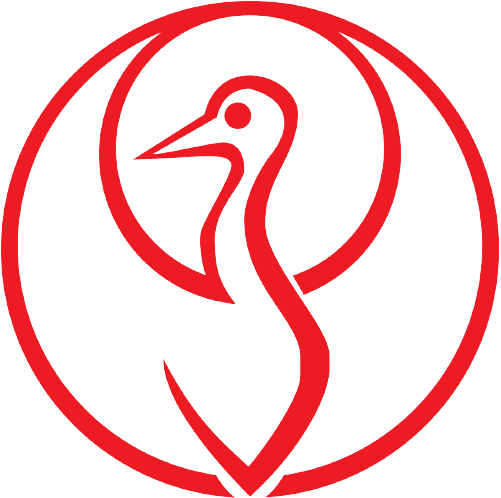What is discharge printing process?
What is discharge printing process?
discharge printing, also called Extract Printing, method of applying a design to dyed fabric by printing a colour-destroying agent, such as chlorine or hydrosulfite, to bleach out a white or light pattern on the darker coloured ground.
What is discharge ink printing?
Discharge ink is a water-based ink formula that allows printing on dark fabric without the need of additional ink layers. In the past, when printing on dark fabrics, manufacturers often had to add a layer of ink in order to make sure that the print is visible and accurate. This resulted in a less desirable hand-feel.
What is printing process in textile?
Textile printing is the process of applying color to the fabric in definite patterns or designs. It is a part of wet processing, which is carried out after pretreatment of fabric or after dyeing. It is done for producing attractive designs on the fabric. Usually printing is performed on one side of the textile.
What are the types of discharge printing?
Discharge style of printing is done using sodium hydrosulphite, stannous chloride and zinc sulphox-ylate formaldehyde as discharging agent on reactive dyed cotton fabric. With sodium hydrosulphite as a discharging agent, excellent colour fastness to rubbing in both dry and wet conditions is achieved.
What is discharge dyeing?
Discharge dyeing is basically removing (i.e. discharging) dye from already dyed fabric to get your look/pattern, rather than the other way around.
What is method of printing?
Comparison of printing methods
| Printing process | Transfer method | Notes |
|---|---|---|
| Offset printing | rollers | high print quality |
| Rotogravure | rollers | thick ink layers possible, excellent image reproduction, edges of letters and lines are jagged |
| Flexography | rollers | high quality (now HD) |
| Letterpress printing | platen | slow drying |
What are the different types of printing techniques?
Here are seven of the most well-known and commonly used types:
- Offset Lithography.
- Flexography.
- Digital Printing.
- Large Format.
- Screen Printing.
- 3D Printing.
- LED UV.
How much does discharge printing cost?
The Novel. Discharge inks usually come out without major issues and are great for soft, breathable prints. But here are a few things you should know. The pricing for discharge printing usually adds about 10 to 50 cents per color at standard quantities.
What is discharging agent?
Discharge Agent is the activation component for discharge printing. This agent can only be used in combination with a finished Discharge Ink like Discharge Base, Discharge White, or Ryo Charge in order for discharging to take place.
What is discharge in textiles?
Discharge means removal and the discharging system means the process which can produce a white or colored effect on a previously dyed ground. Discharge styles have been important since the earliest days of textile printing.
What is discharge printing?
Sometimes referred to as extract printing, discharge printing is a special block printing process. In discharge printing, the artisan removes color from a piece of fabric, creating a lightened effect to create and reveal a pattern. The process begins with fabric dyed in a rich, saturated hue.
Is discharge printing more expensive than traditional ink screen printing?
No, it’s not really more than traditional ink screen printing. At Vacord, we price it the same. Sometimes printing multiple colors can be faster with discharge, because you can print without “flashing” between colors (flashing is briefly drying the shirt before putting down another layer).
What is the alternative title of discharge printing?
Alternative Title: extract printing. Discharge printing, also called Extract Printing, method of applying a design to dyed fabric by printing a colour-destroying agent, such as chlorine or hydrosulfite, to bleach out a white or light pattern on the darker coloured ground.
